Some losses were incurred from carbon monoxide poisoning.
Inside the cockpit, a lever released the G7e torpedo, which ran at a preset depth.
However, the armed torpedo did not always separate from the carrier.
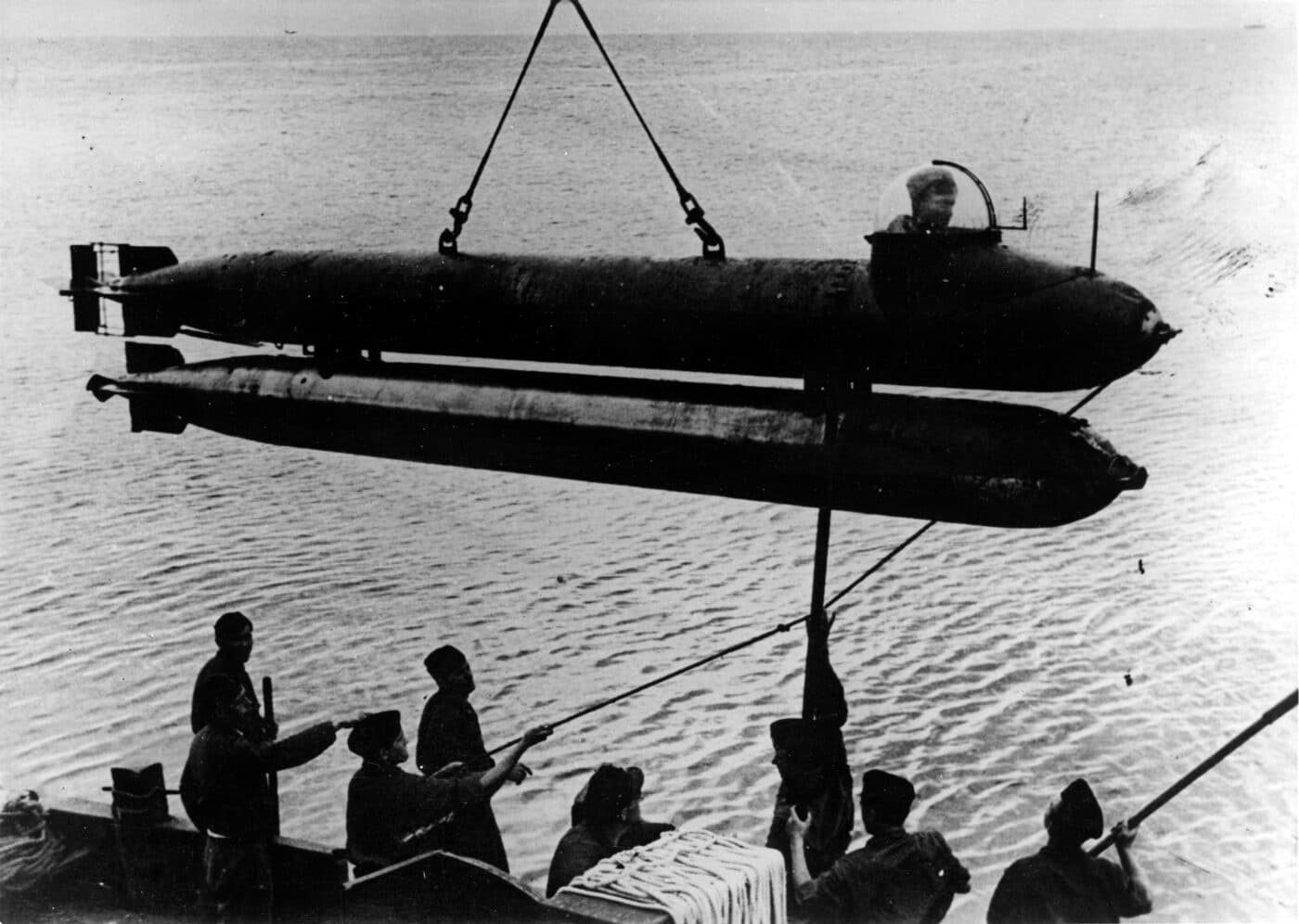
The simplistic “human torpedo” concept can be clearly seen here. The maximum range for the tandem torpedo design was 48 nautical miles. Image: Author’s collection
The lucky ones missed.
Some naval historians have described the Marder as marginally reliable from a technical standpoint.
About half of all the losses of this system were due to accidents.
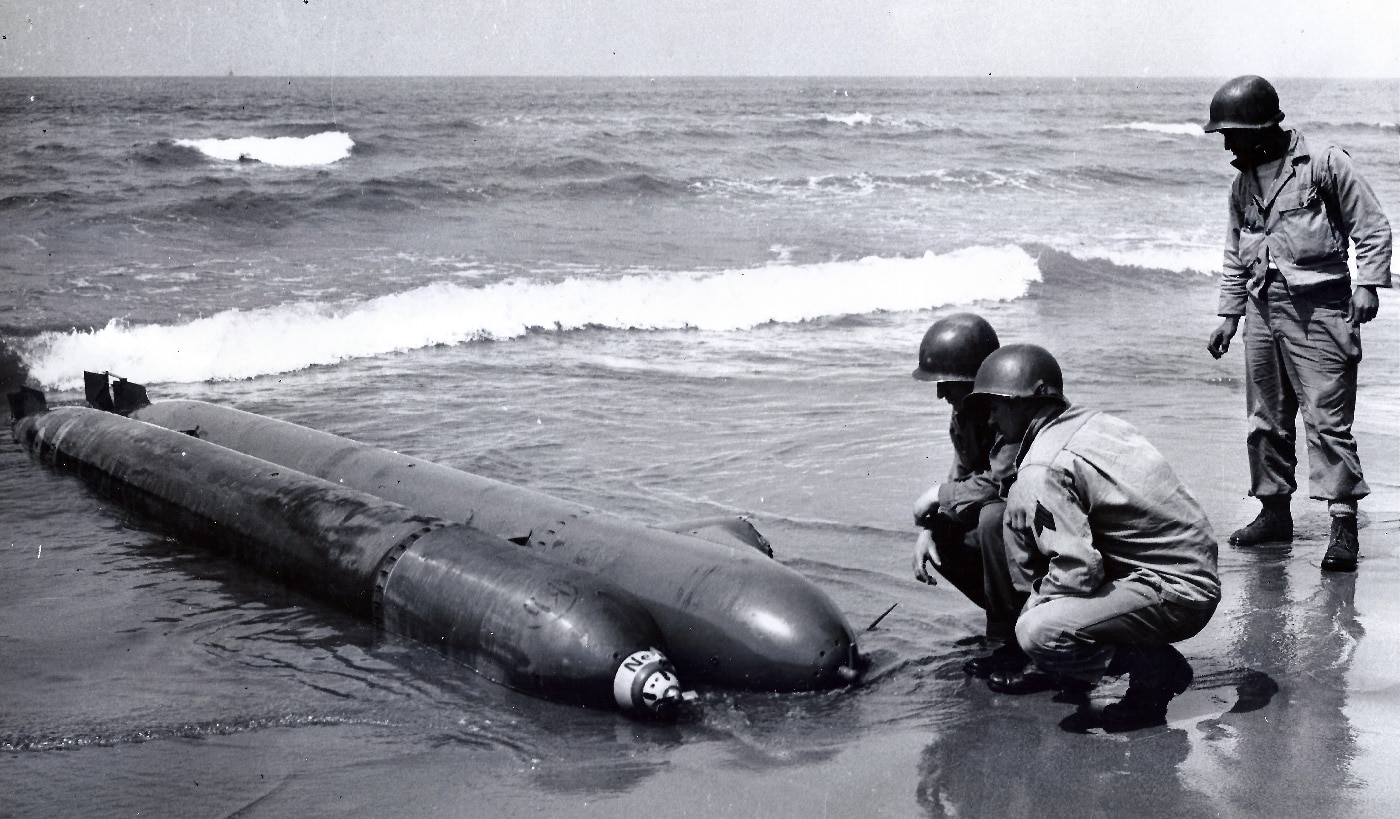
This Marder midget submarine washed up intact on the beach near Anzio after the attack on the Allied invasion fleet during the evening of April 20, 1944. Image: NARA
Meanwhile, Hitler was thrilled with the concept, and dreamed of tremendous success against Allied warships.
One of the torpedo pilots was captured.
It was scuttled on July 20, 1944.
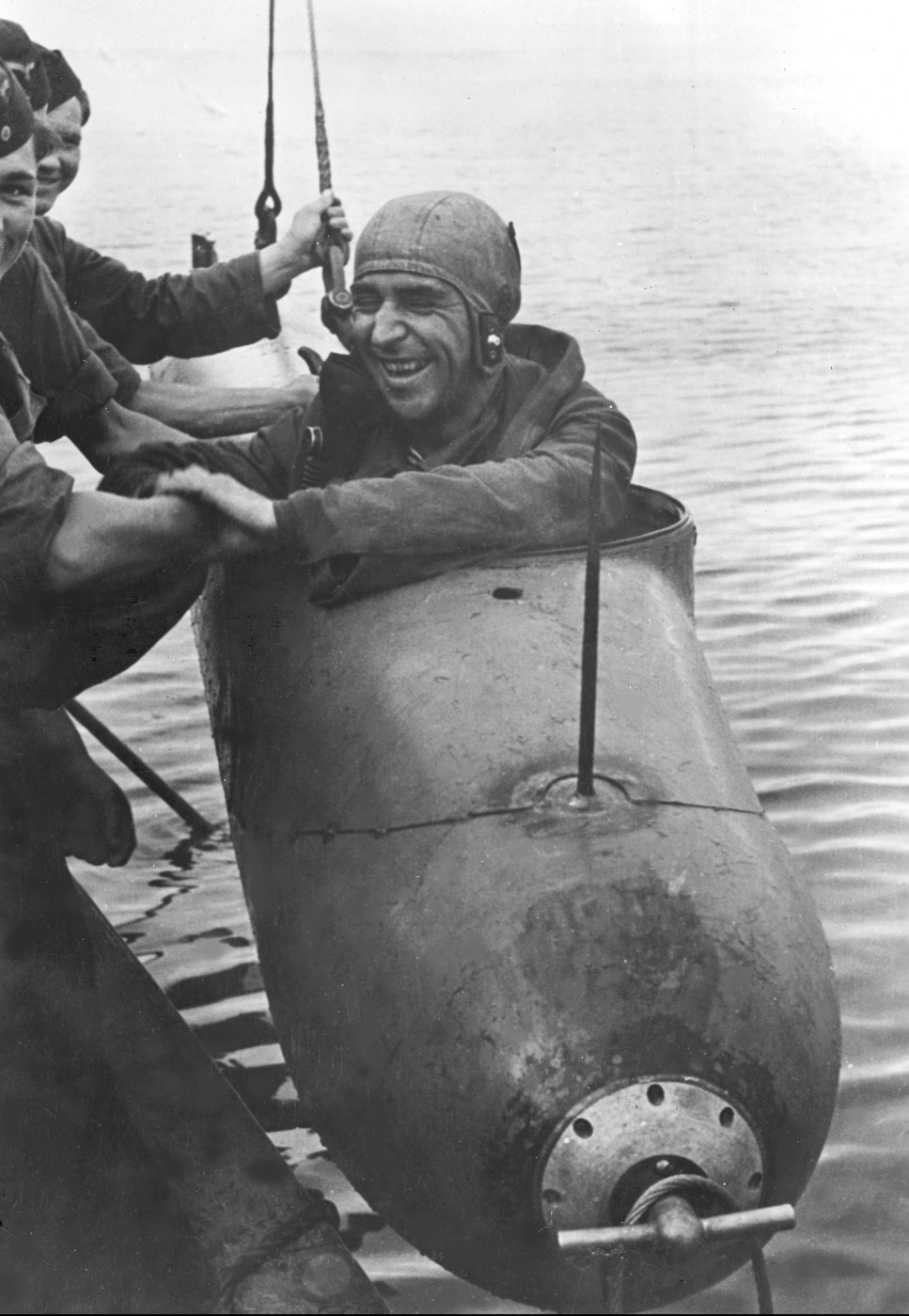
A German propaganda photo of the concept after testing. Successful missions were few. Note the “aiming spike” mounted at the front of the craft. Image: Polish National Archives
Three Royal Navy minesweepers were sunk.
German losses were extremely high, as only five of the Marders returned.
A few more missions followed until the final sortie on August 15/16.
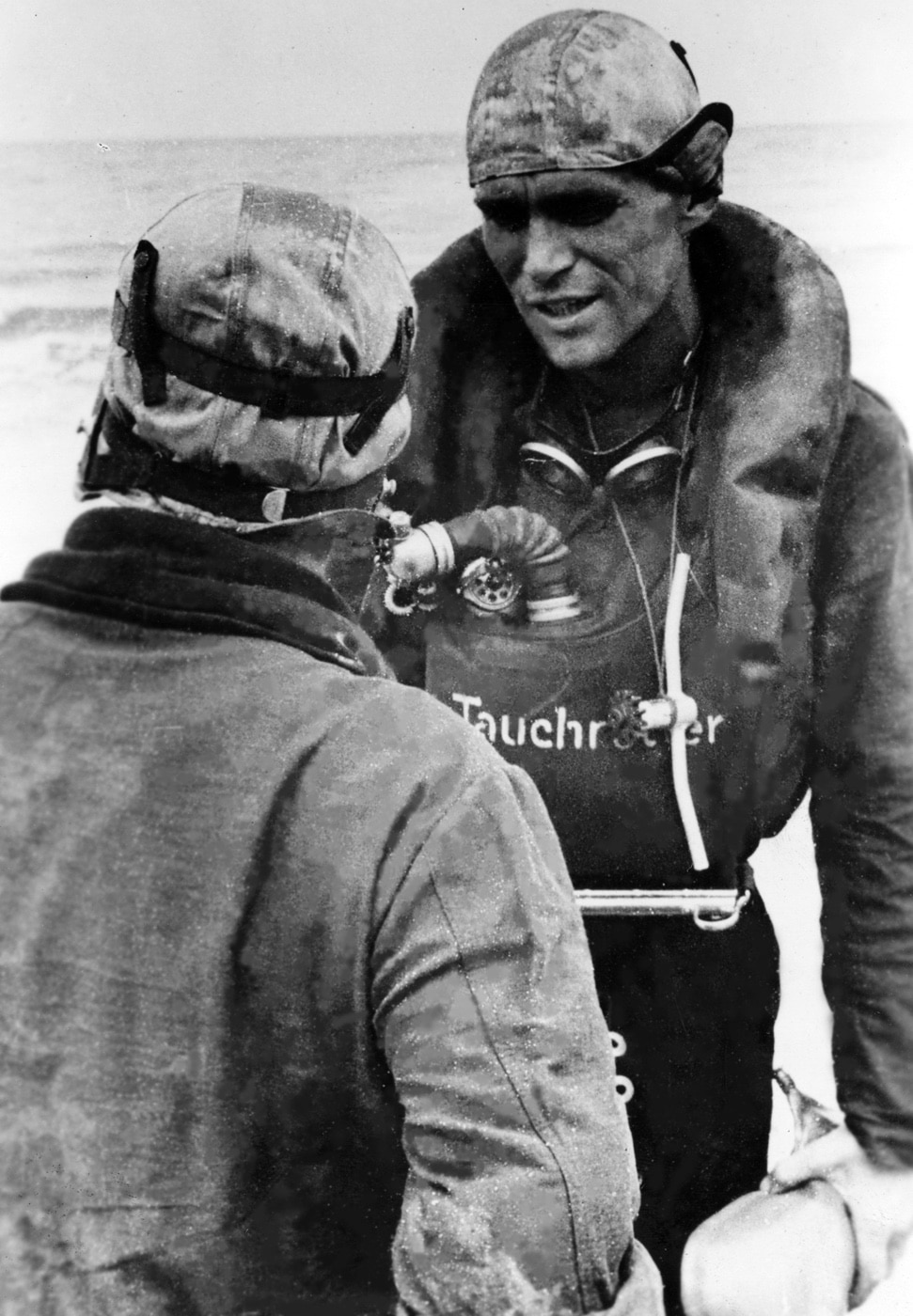
Marder pilots used a Draeger Tauchretter to breathe. The Tauchretter included a mouth breathing piece, nose clamp and taucherbrille (goggles). Image: Polish National Archives
The loss ratios were nearly suicidal, exceeding 60%.
German successes were few, most notably the destroyer HMSQuornsunk on August 3rdwith a heavy loss of life.
As we know, these attacks did not stopOperation Neptune.
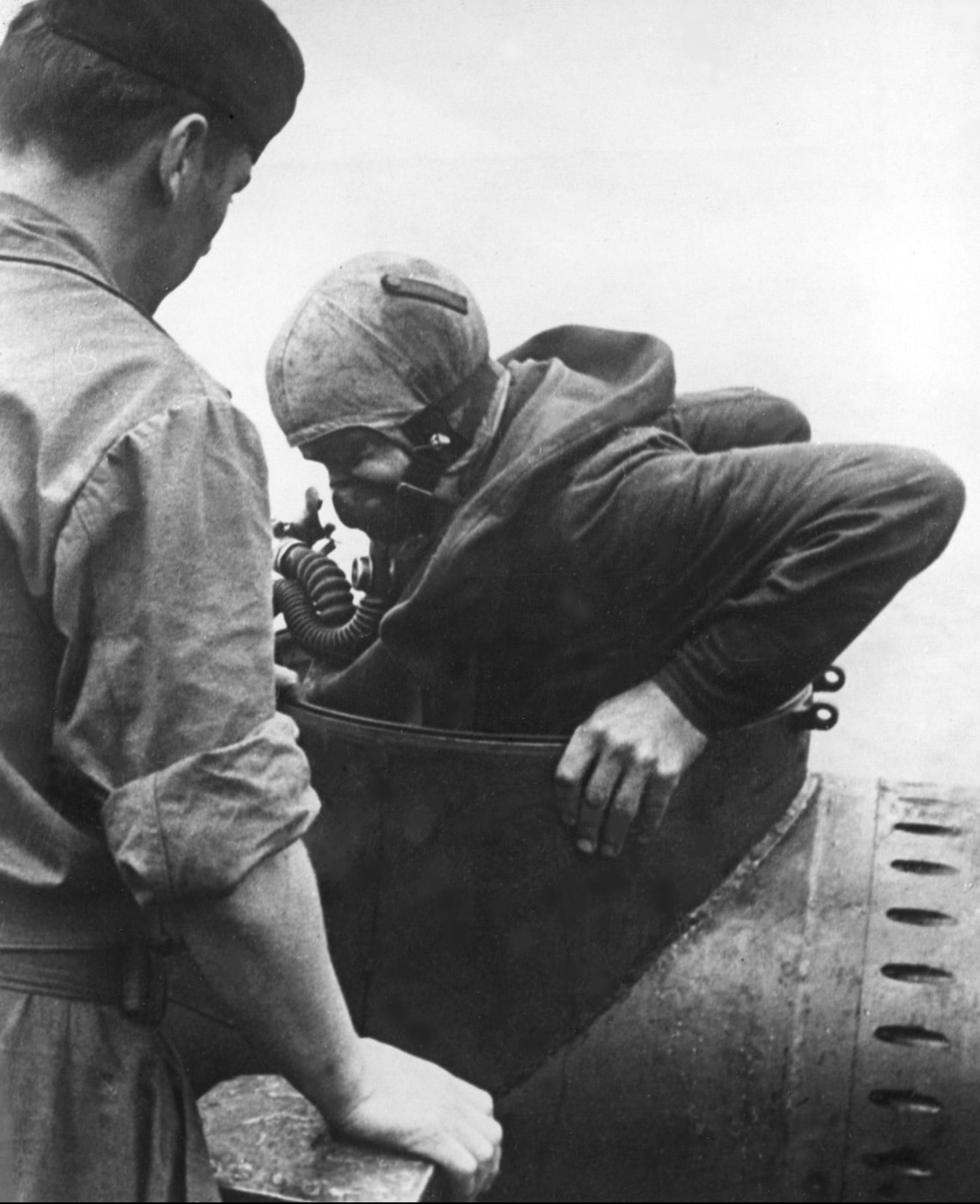
The Marder operator squeezed himself into and out of the tiny cockpit. Note the Draeger breathing gear and wet suit. Image: Polish National Archives
Several unsuccessful attacks were launched in the Monte Carlo, Menton and San Remo areas.
I found the following US Naval Intelligence report detailing the interviews with six captured Marder pilots.
-Typed cruising instructions found on POW Dresel indicates that human torpedoes operate in box formation.
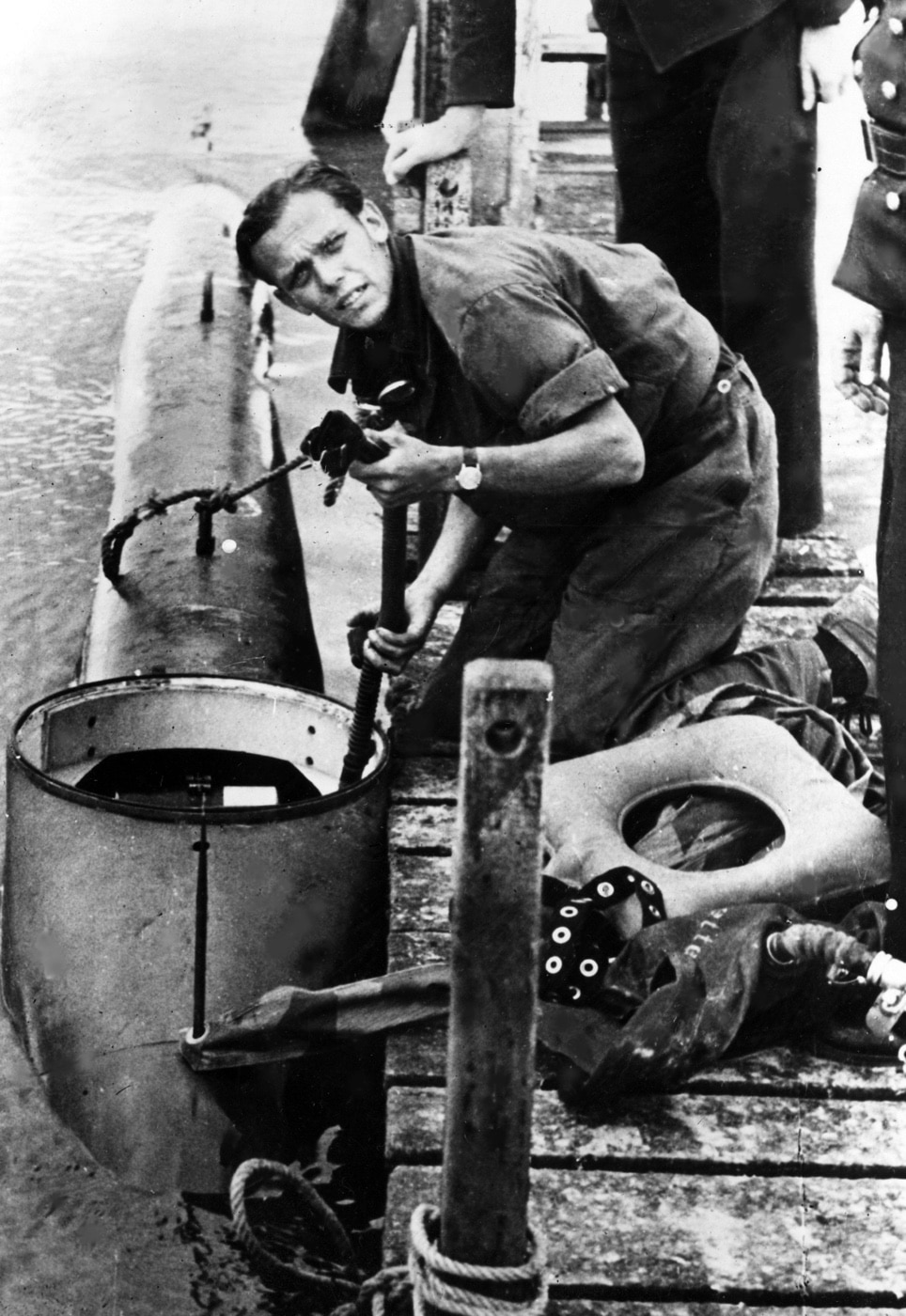
This photograph helps to show the cramped quarters of the Marder midget submarine. With his breathing equipment, there was little room for the pilot to move once in the machine. Image: Polish National Archives
Their endurance was said to be 8-10 hours and maximum speed of 8-10 knots.
Interrogation reveals that the human torpedoes were launched sometime between midnight and 0300.
POWs said they were not given special targets such as battleships or cruisers.
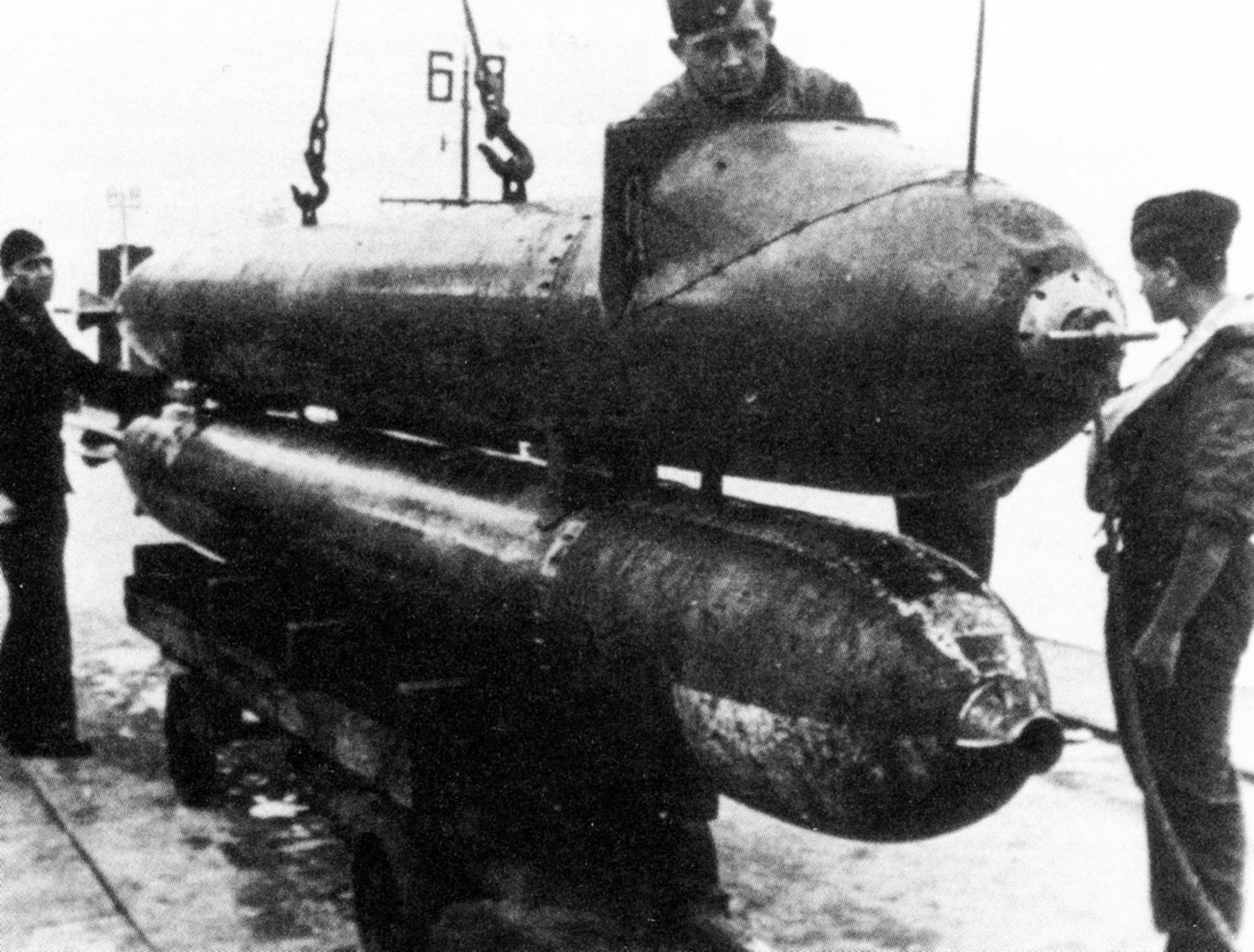
Most of the Marder midget submarines and torpedoes were launched via ramp at low tide during the night. Image: Author’s collection
Lead angles for estimated speeds were given.
One prisoner said they could be launched on the sand but that he had never tried it.
Prior to this, Will had no sea experience.
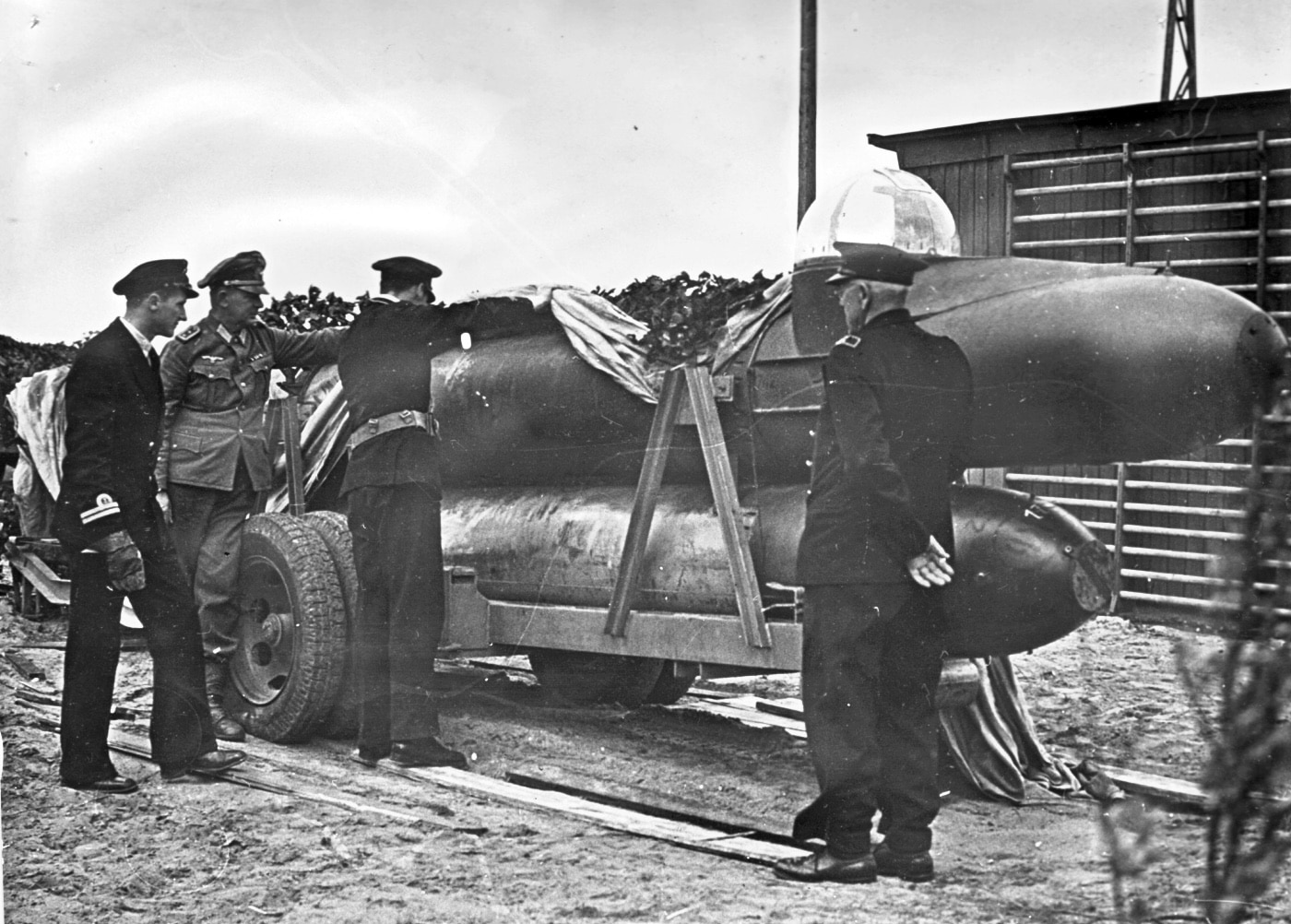
The Marder was a radical — and dangerous — concept born in the desperate final years of World War II. Image: NARA
Will claims that his orders were very vague.
He was told to see what he could find and if he found nothing to wait for his targets.
After five hours at sea, he developed trouble.
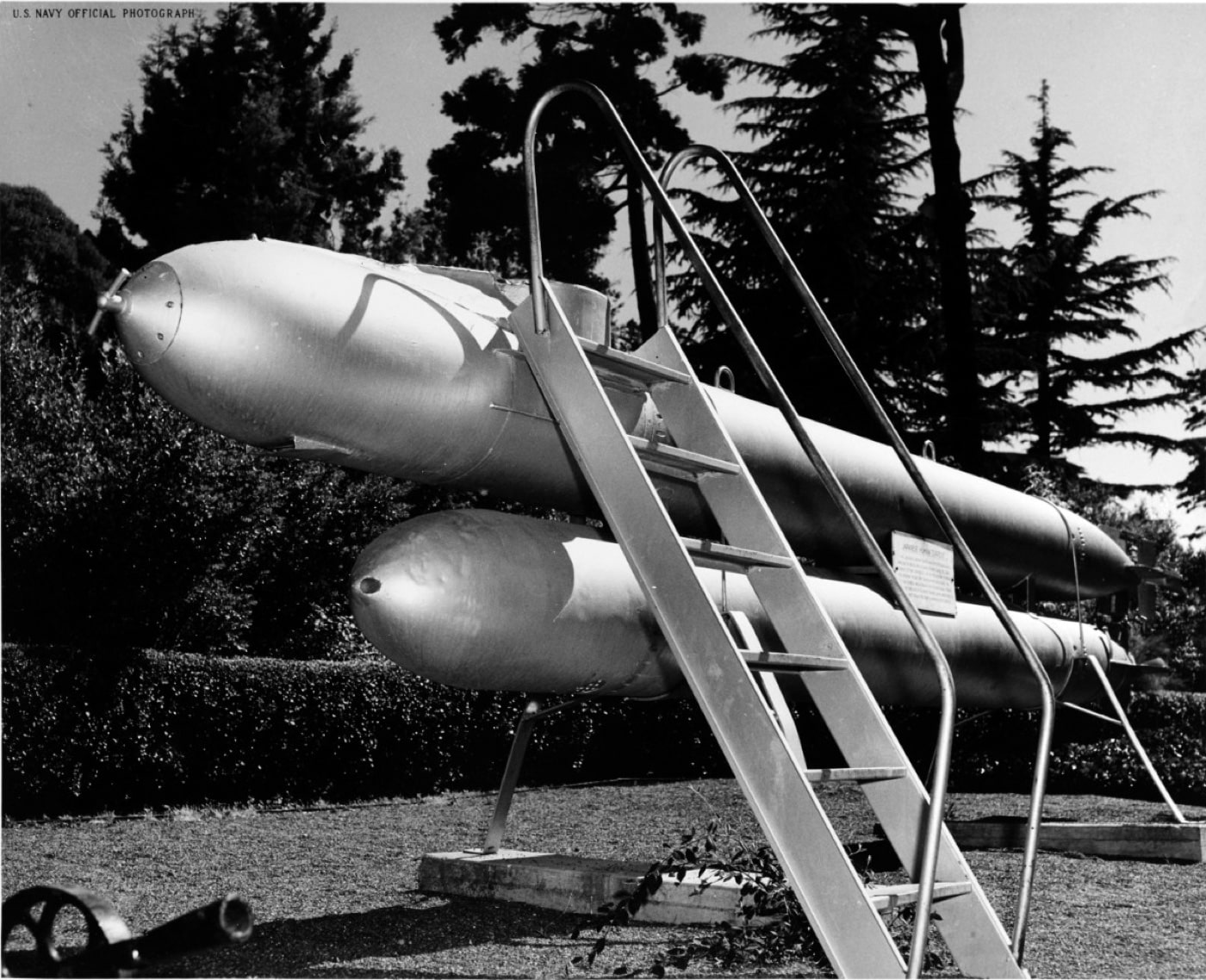
This captured Marder was part of a postwar display created by the United States Navy. Image: Author’s collection
Endurance depends on the supply of oxygen.
The speed of the unit together is faster than a man can run.
Without the torpedo, after launching it, the machine is somewhat faster.
Machines are organized in groups of six to eight.
Will was unable to tell what was wrong with his particular machine.
It would run only in fits and starts.
The operators had been taught to direct themselves by the stars for getting off the coast.
POW Horstmann described the use of the machine:
The weapon and the technique have not yet been perfected.
It is, however, handy enough to control and resembles those of an airplane somewhat.
On the left is a lever which releases the torpedo.
A moving target is very difficult for them to hit.
POWs believed they could only hit one out of every ten moving targets they fired upon.
All rates, up to petty officer first class, are represented.
They know little about what they are getting into.




